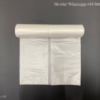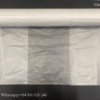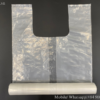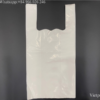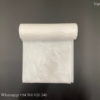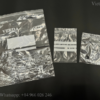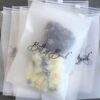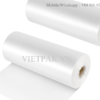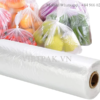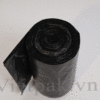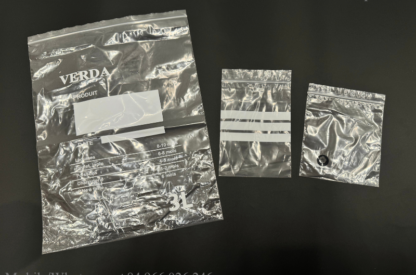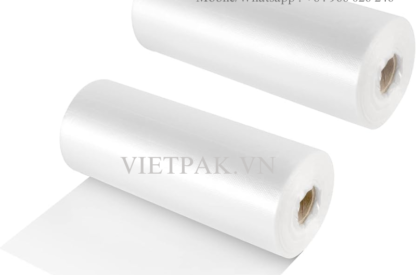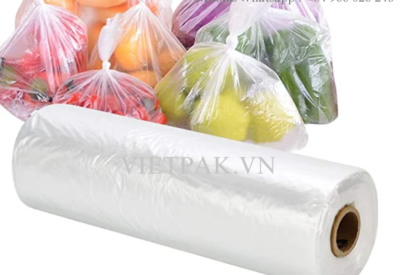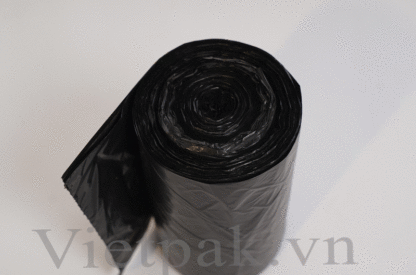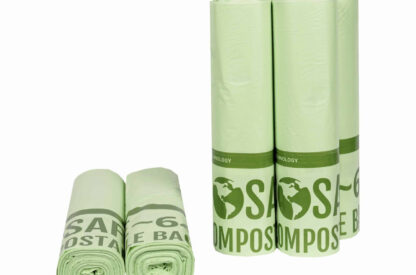How are non-woven polypropylene bags made?
Nowadays, non-woven polypropylene fabric products and bags are very popular. There is a very high demand for non-woven polypropylene bags. From normal consumer to various shop owners, outlet owners, and showroom owners demands a non-woven polypropylene bag. This increase in demand is just to ensure that our environment is safe and it’s not getting harmed due to our day-to-day purchasing activities.
Because many people across India always ask for a polythene bag when they have to purchase anything from any shop. There are charges applicable to take a non-woven polypropylene bag because it’s a little more expensive than normal polythene bags.
A non-woven polypropylene bag can be designed or customized with a non-woven plastic bag-making machine. In that bag, anything can be printed ranging from the shop name to its logo and other things.
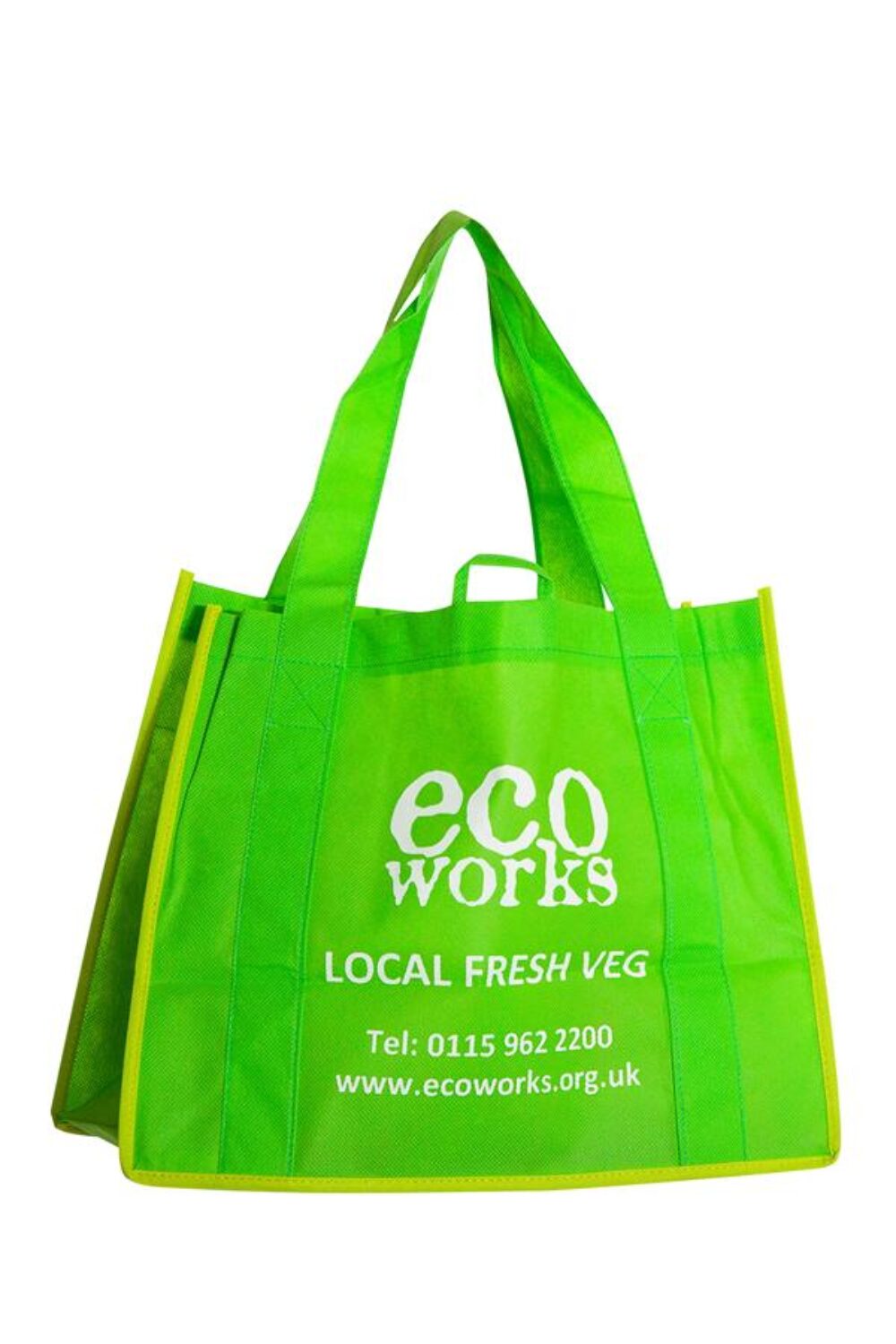
Why Choose Non-Woven Polypropylene?
Contents
Energy plays a vital role in the life cycle of every product. In the case of reusable non-woven polypropylene grocery bags, a significant portion of energy consumption is attributed to raw material acquisition, manufacturing processes, and transportation. The embodied energy throughout the life cycle of non-woven polypropylene involves thermal, chemical, and mechanical sources.
The energy savings achieved by utilizing reusable non-woven polypropylene grocery bags surpass the costs and potential waste associated with traditional plastic and paper bags. NWPP bags prove to be highly efficient and sustainable due to their durability and reduced long-term energy requirements.
Read also: What are the advantage of PP non woven bag over PP woven bag?
How are non-woven polypropylene bags made?
A non-woven polypropylene bag or paper bag is manufactured using a non-woven polypropylene bag-making machine. The manufacturing process involves multiple steps, which are discussed in this blog to provide insights into producing a non-woven bag.
Web Formation
The initial step in the manufacturing process involves creating a fibrous web with non-woven fabric, which determines the critical properties of the final non-woven polypropylene bag. This process is based on textile carding and is performed using a non-woven bag-making machine.
Web Bonding
This step involves tying or forming the webs into a structure to create a PP non-woven polypropylene bag. It can be carried out using a non-woven polypropylene bag-making machine, eliminating manual intervention. The fabrics are knitted together to achieve an interlocking position in the non-woven polypropylene bag. Additionally, a thermal bonding process is required to heat or stabilize the bond with a thermoplastic fiber. The fibers within the partially knitted woven bag act as thermal binders, utilizing latex or resin binders.
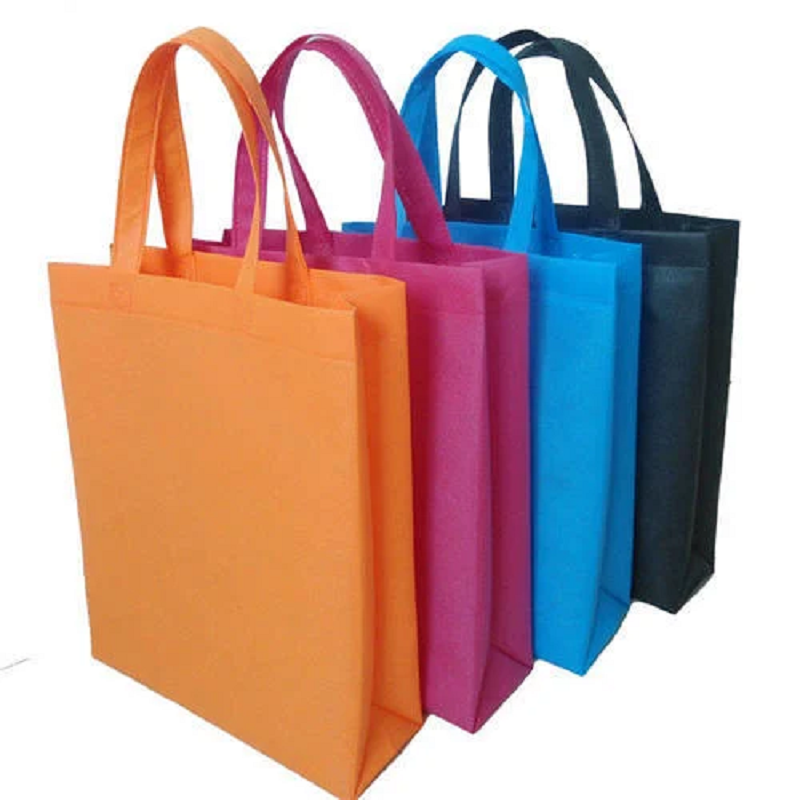
Finishing and converting
The finishing and converting process is crucial as it prepares the non-woven polypropylene bags from the non-woven bag-making machine for direct distribution to customers. Giving them a final touch with lamination and other customizations and ensuring their perfection is essential for non-woven polypropylene bags. By completing this process, consumers can obtain one of the most eco-friendly bag options.
The aforementioned points are essential in the production of non-woven plastic bags. This manufacturing process guides consumers and shopkeepers, assuring them of obtaining 100% pure non-woven polypropylene bags.
If you are considering starting a business with a non-woven plastic bag-making machine, these points will assist you in establishing a successful and profitable venture. Take a step forward towards creating a secure and sustainable living environment.
Read also: Difference between PP woven bag and PP non woven bag
Energy in Recycling
Recycling non-woven plastic bags is a crucial aspect of their life cycle. These bags can be repurposed for various uses, such as carrying toys, books, clothes, shoes, and other supplies. When comparing the recycling potential of plastic bags, paper bags, and NWPP bags, non-woven polypropylene bags stand out as the superior option.
The primary energy source required for recycling is mechanical or human energy. It involves physically transporting these bags to appropriate recycling facilities instead of disposing of them in the trash, where they would ultimately end up in landfills.
Furthermore, polypropylene can be broken down into its original raw materials, and a similar amount of energy is expended in recycling NWPP bags. This recycling process involves thermal, chemical, and mechanical energy, similar to the previous stages. Non-woven polypropylene bags are entirely recyclable, eliminating the need for energy-intensive waste management, unlike plastic and paper bags, which often end up in landfills.
LEADING MANUFACTURER
We are a premier plastic bag manufacturer based in Vietnam. Our dedicated team excels in crafting customized packaging solutions to precisely meet the needs of all customers
QUALITY CONTROL
We have a strict quality control system. Our bags are inspected before production, during production, and prior to loading into containers. Our priority is to minimize every defective goods before shipping to our customers
AMAZING SERVICE
Our enthusiastic customer service team always strives to respond to your emails as promptly as possible. We take pride in our ability to consistently deliver high-quality products on time, every time.


